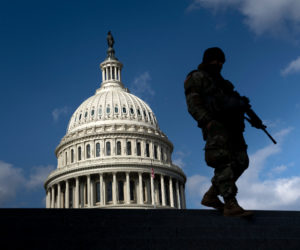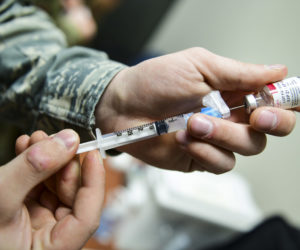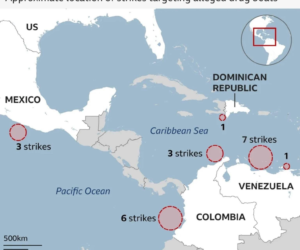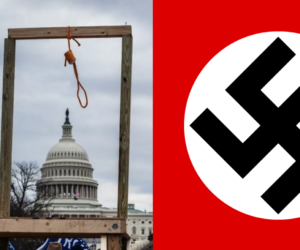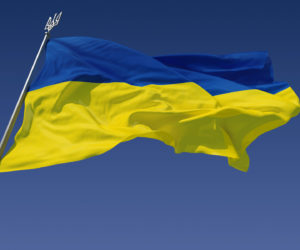
The hometown newspapers of the heroes who continue to make the ultimate sacrifice in our “hostile action” areas generally provide adequate coverage of those sad deaths. However, in the national news media, the names and the numbers of our fallen heroes are often buried deep inside the bowels of the printed pages or relegated to running text at the bottom of our TV screens, and lost among the latest scandals-du-jour and the latest partisan “gotchas.”
Such a “drip-drip” of coverage tends to veil the gravity and the tragedy of our losses and tends to lull us into a false sense of complacency, if not downright apathy.
It’s only when some publications, such as The Stars and Stripes, publish the Associated Press summaries of our casualties along with detailed information on each of the most recent casualties, that the cumulative human aspects of those losses really hit home.
Let’s take the most recent “U.S. Deaths, Afghanistan and other Areas” AP report.
It tells us that:
As of Friday, at least 1,052 members of the U.S. military had died in Afghanistan, Pakistan and Uzbekistan as a result of the US invasion of Afghanistan in late 2001, according to an Associated Press count. The AP count is eight more than the Defense Department’s tally, last updated Friday at 10 a.m. EDT. At least 823 military personnel have died in the Afghan region as a result of hostile action, according to the military’s numbers.
And,
Outside the Afghan region, the department reports at least 78 more members of the U.S. military died in support of Operation Enduring Freedom. Of those, eight were the result of hostile action. The military lists these other locations as Guantanamo Bay Naval Base, Cuba; Djibouti; Eritrea; Ethiopia; Jordan; Kenya; Kyrgyzstan; Philippines; Seychelles; Sudan; Tajikistan; Turkey; and Yemen.
Then we get into the human side of the report, “The latest identifications reported by the military.”
For it is here where we learn, for example, that:
Pfc. Russell E. Madden, 29, of Dayton, Ky.; died Wednesday in Charkh district, Kunar province, Afghanistan, of wounds suffered when insurgents attacked his vehicle with rocket fire; assigned to the 1st Squadron, 91st Cavalry Regiment, 173rd Airborne Brigade Combat Team, Conn Barracks, Germany.
And it’s here where we learn the details of the other 16 heroes who have fallen during just the last three weeks of fighting in Afghanistan.
For example, that they were from hometowns as close to each other as Wilsonville, Oregon and Spokane Valley, Washington; as far from each other as Yorba Linda, California and Fall River, Massachusetts; as small as Roxie, Mississippi, and as large as Miami, Florida.
The numbers and statistics become very poignant when we become aware of the ages of these heroes. In this report, the youngest was only 19 and, while there was a 41-year-old hero, the overwhelming majority of them were in their early 20s—how sad.
While the hometowns of these brave men—from all across America—give us an idea of our nation’s shared sacrifice, their last names reflect the shared heritage and diversity. Names like, Johnson and Miller and Andrews, but also Serwinowski, Dumaw and Patino, and Ortega and Cueto. As I have written before, the enemy’s bullet or IED knows no race, ethnicity or national origin.
They died in Farah province, Nimroz province and Helmand province; they died at Camp Clark and at Forward Operating Base Lagman; they died in Kandahar and in Lar Sholtan Village—all in Afghanistan. Spc. Nathan W. Cox, 27, of Fremont, Calif., was airlifted out of Afghanistan but, sadly, died at Landstuhl Regional Medical Center in Landstuhl, Germany.
They were Airborne Division and Engineers Brigade; they were Army and Marine Corps; they were native-born Americans, perhaps naturalized Americans or even recent immigrants, but certainly they were all heroes, much too young to die. We must never become jaded about their sacrifice, notwithstanding the media’s drip-drip.






